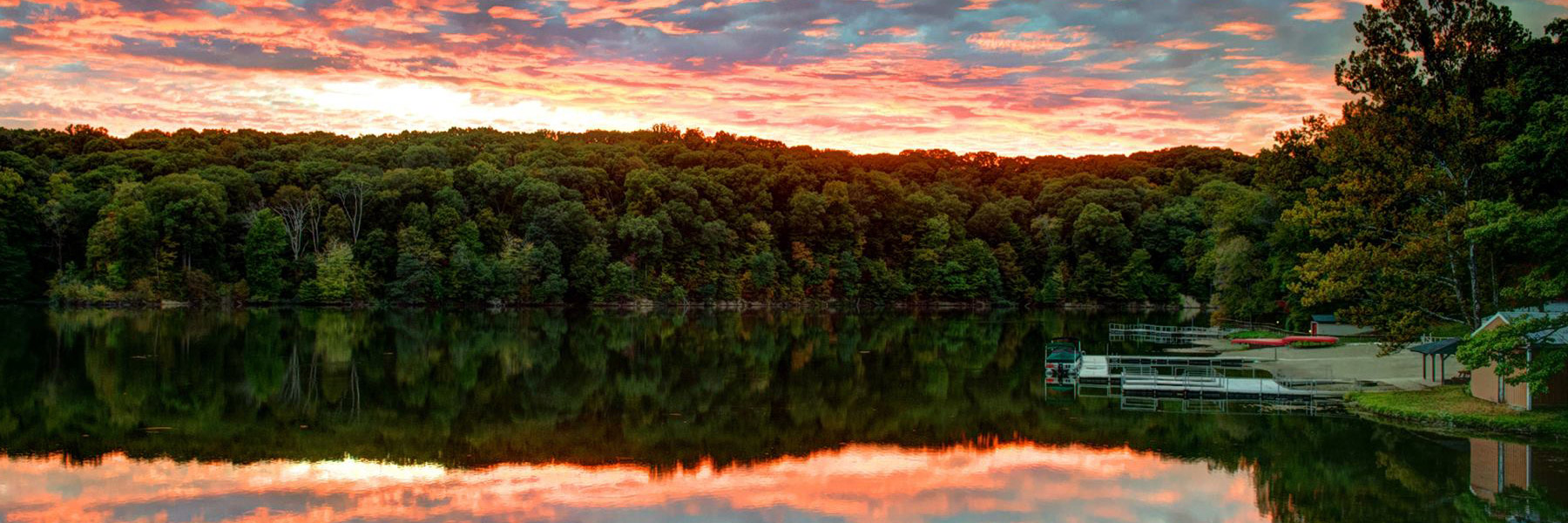Bradford Woods is Indiana University's Outdoor Center. As a key component of the university family, Bradford Woods promotes and furthers the mission of the university through teaching, service, programs, and research. For over 65 years, Bradford Woods has been providing recreational, educational, and leadership development opportunities to youth and adults locally, nationally, and globally. We unite all of our programs and education under the banner of "Outdoors for All" – empowering youth and adults of all backgrounds and abilities through transformative outdoor experiences.
Our Mission
To improve the quality of life for people of all backgrounds and abilities by using our unique outdoor setting to provide education, therapy, and recreation.
Our Purpose
All of our programs and facilities exist to:
- Serve | We serve people of all abilities and backgrounds through universal design and programs.
- Empower | We empower participants by utilizing healthy risk, developing skills, and building peer relationships.
- Educate | We educate our participants on their important role in our interconnected world through experiential learning and character development.
- Steward | We celebrate, protect, and nurture our rich natural and cultural resources.
- Advance | We advance our fields of practice through research and innovation.


